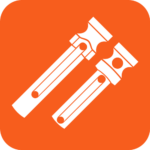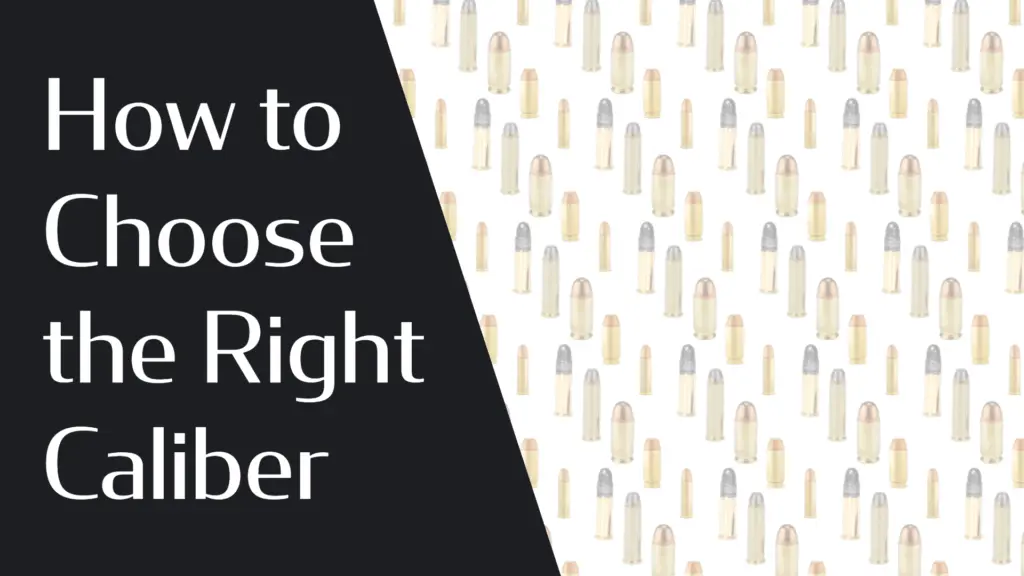
Choosing the right handgun caliber can be confusing, especially for first-time buyers. From recoil and ammo cost to availability and real-world application, every caliber has pros and cons. This guide breaks down and compares six popular options: .22 LR, 9mm, .38 Special, .357 Magnum, .40 S&W, and .45 ACP. By the end, you’ll understand which caliber best fits your needs—whether you’re aiming for home defense, recreational shooting, or concealed carry. Lets dive in to comparing common handgun calibers!
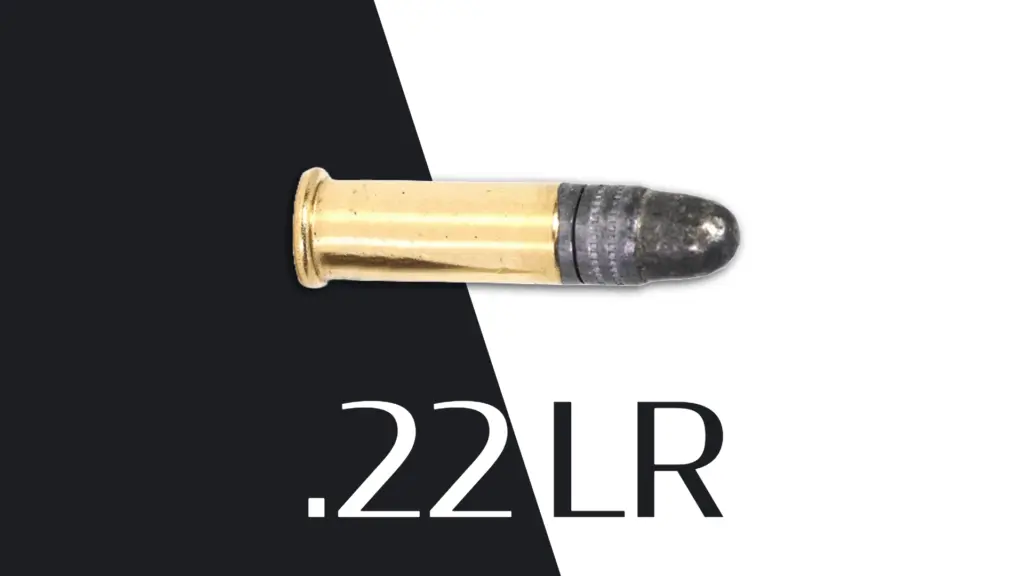
.22 LR: The Ideal Beginner’s Caliber
Lightweight and budget-friendly, the .22 Long Rifle is one of the most common handgun calibers. It’s often the go-to for first-time shooters thanks to its mild recoil and quiet report.
Recoil and Ease of Use
.22 LR delivers almost no recoil, making it easy to handle for beginners. Its soft shooting nature helps new gun owners focus on core shooting skills like trigger discipline and sight alignment.
Cost and Availability
One of the most affordable rounds on the market, bulk packs are widely available. On average, expect to pay 4–7 cents per round, which makes it ideal for high-volume practice.
Best Uses
This caliber is excellent for range practice, small game hunting, and plinking. However, due to its limited stopping power, it’s not recommended for self-defense.
Popular Models
Consider the Ruger Mark IV, Smith & Wesson M&P22 Compact, or the Ruger Wrangler revolver. These models mimic larger caliber guns, making for a smoother transition later.
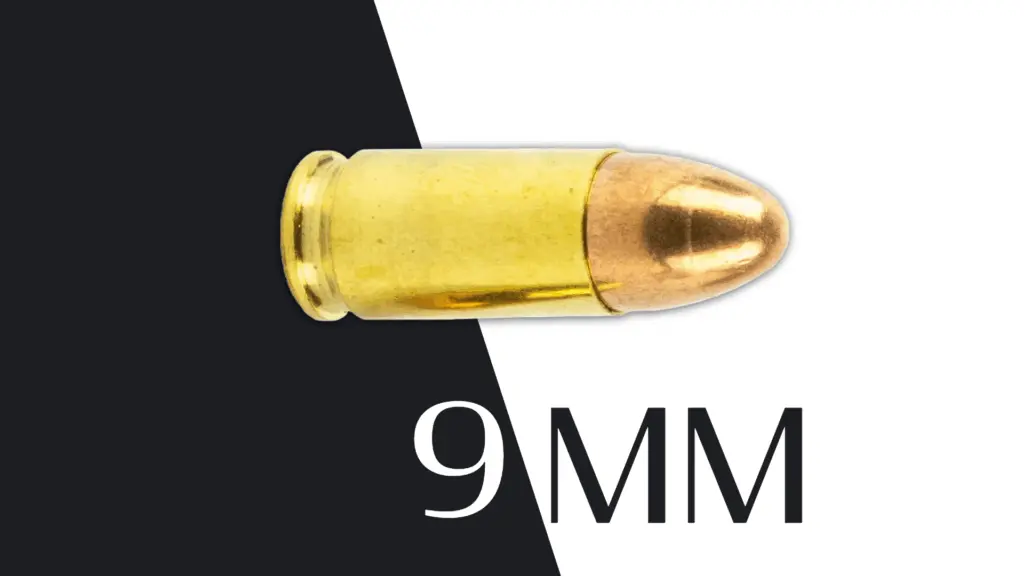
9mm Luger: The All-Around Favorite
The 9mm is widely considered the best all-purpose handgun caliber. It balances performance, capacity, cost, and recoil, earning it the nickname “Goldilocks round.”
Recoil and Comfort
With a mild kick in mid-size handguns, it’s manageable for most shooters. Its soft recoil makes it easy to practice with, while still offering effective power.
Ammo Cost and Supply
Widely produced and extremely affordable, 9mm rounds typically cost about $0.20 each. Whether in a local gun shop or online, 9mm ammo is easy to find.
Ideal For
Perfect for home defense, concealed carry, and training. With modern defensive ammo, it delivers excellent stopping power in most self-defense scenarios.
Recommended Pistols
The Glock 19, Sig Sauer P320, and Smith & Wesson M&P9 Compact are excellent starter choices. For concealed carry, the Sig P365 or Springfield Hellcat are reliable options.
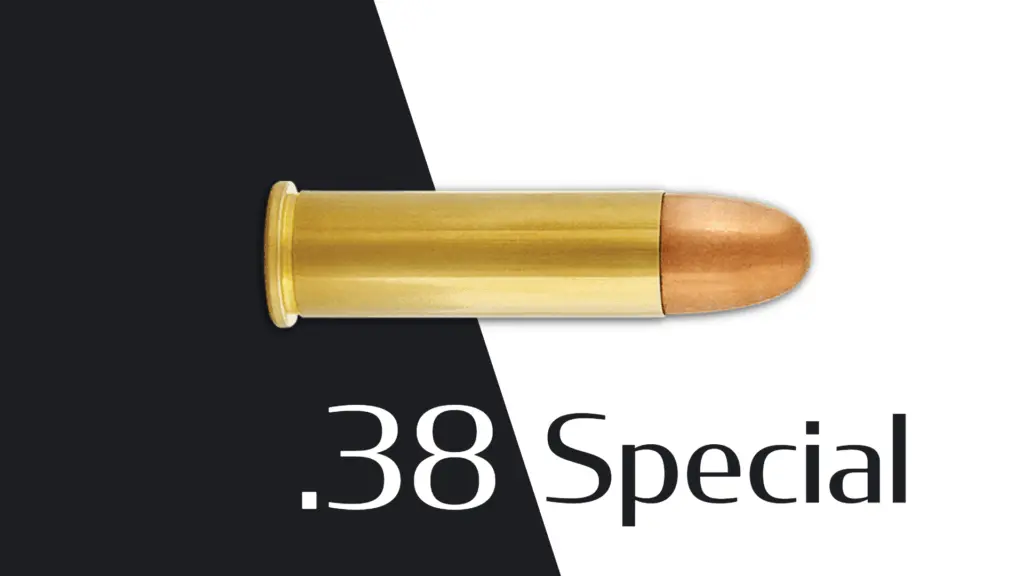
.38 Special: A Revolver Classic
Known for its long history in law enforcement, the .38 Special remains a go-to round for revolver lovers.
Recoil and Handling
Out of a full-size revolver, recoil is soft and manageable. However, in snub-nose or ultra-light frames, expect a sharper, “snappier” feel.
Affordability and Access
It’s more expensive than 9mm, averaging $0.35–$0.50 per round. While not as common in bulk, you’ll still find it in most well-stocked gun shops.
Best Applications
Great for home defense (especially for recoil-sensitive users) and concealed carry in snub-nose revolvers. Also a practical training round for those using .357 Magnum guns.
Top Models
Look at the Smith & Wesson Model 686 Plus for beginners, or the Ruger LCR and S&W 642 Airweight for concealed carry. The versatility of firing both .38 and .357 from the same revolver is a big bonus.
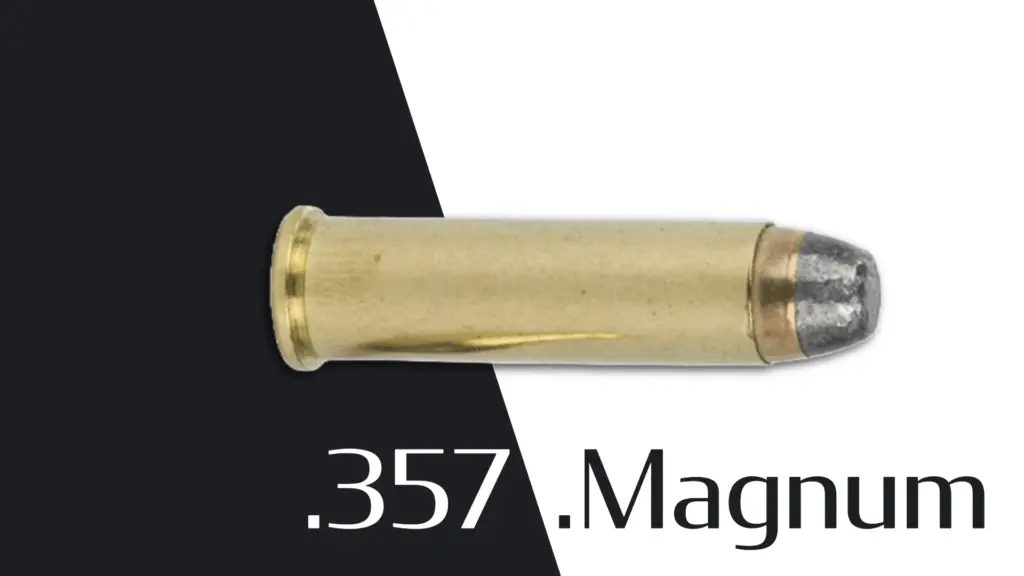
.357 Magnum: Power and Versatility
If you need stopping power, the .357 Magnum is a top contender. It packs more punch than the .38 Special and is suitable for defense and even hunting.
Recoil Dynamics
Recoil ranges from moderate to heavy. Out of a heavy-frame revolver, it’s manageable. But in smaller revolvers, it can be a real handful—even painful for new shooters.
Ammo Pricing
Expect to pay $0.75–$1.00+ per round. It’s not for budget practice sessions. Thankfully, you can train with cheaper .38 Special rounds in the same gun.
Use Cases
Effective for home defense, outdoor carry in bear country, and even metallic silhouette competitions. However, its intense muzzle blast and flash may not suit indoor defensive use.
Best Picks
Top choices include the Smith & Wesson 686, Ruger GP100, and S&W Model 66 Combat Magnum. For compact models, the Kimber K6s is high-end and carries six rounds—a rare trait in small .357s.
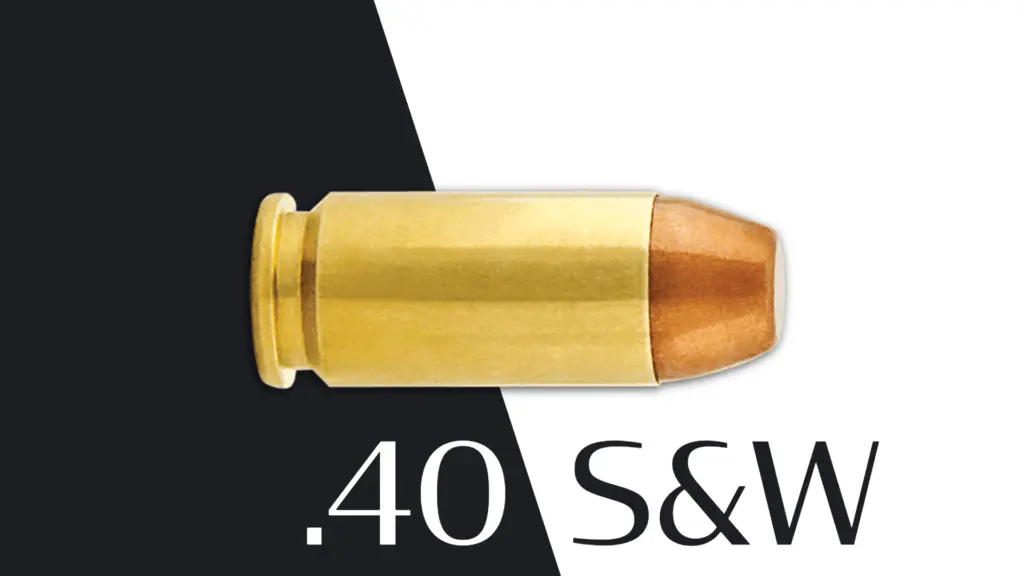
.40 S&W: The Compromise Caliber
Originally designed for law enforcement, .40 S&W was meant to be a middle ground between 9mm and .45 ACP. It’s still effective, though its popularity has dipped.
Recoil Feel
Sharper and more snappy than 9mm, it’s not ideal for new shooters. However, many intermediate shooters appreciate its stronger impact.
Price and Supply
More expensive than 9mm, averaging $0.30–$0.40 per round. Still commonly found in stores, and during ammo shortages, .40 is often left when 9mm is sold out.
Best Uses
Suited for home defense and concealed carry by experienced users. Not as popular for range plinking due to higher cost and recoil.
Recommended Firearms
Consider the Glock 22 or 23, Smith & Wesson M&P40, or Sig Sauer P229. These are former law enforcement favorites and are known for their reliability.
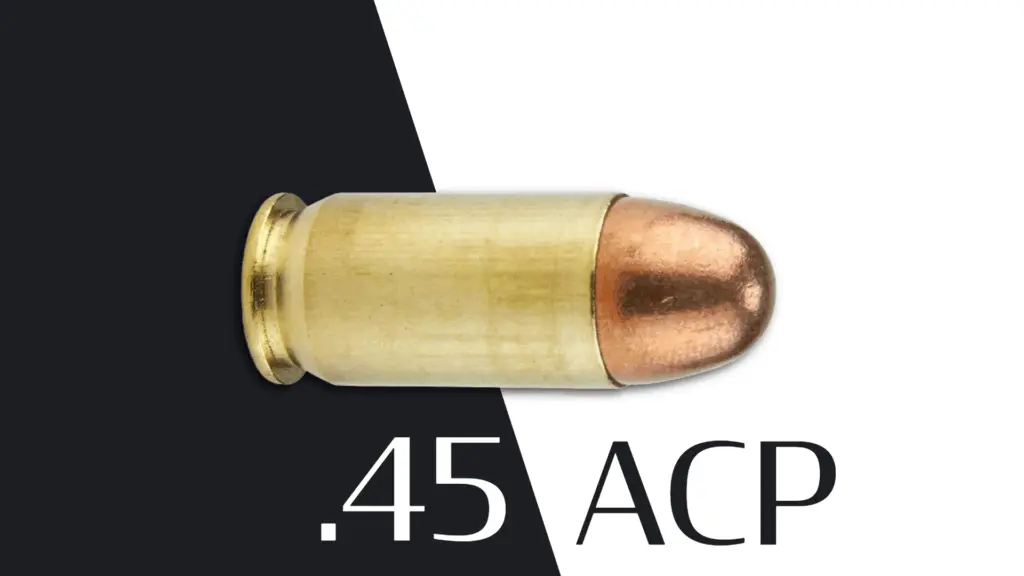
.45 ACP: The Heavy Hitter
A favorite for over a century, .45 ACP delivers a large, slow-moving bullet with a gentle “push” recoil.
Recoil Characteristics
It has strong recoil, but it’s more of a slow push than a sharp kick. This makes it manageable in a full-size handgun like the classic 1911.
Cost and Availability
Expect $0.30–$0.45 per round. It’s more costly than 9mm, but the supply is strong in the U.S. market.
Where It Excels
Popular for home defense and target shooting. Its subsonic nature makes it ideal for use with suppressors. While it’s effective for carry, the guns are usually large and have lower capacities.
Suggested Pistols
The Colt 1911, Glock 21, and Sig Sauer P220 are all standout choices. If you prefer a polymer frame, try the M&P45 or Springfield XD(M).
Comparing Common Handgun Calibers: Summary
Here’s a quick comparison to help guide your decision:
| Caliber | Recoil | Cost Per Round | Best For |
|---|---|---|---|
| .22 LR | Very Low | $0.04–$0.07 | Training, Plinking |
| 9mm | Low | $0.20 | Defense, Carry, Practice |
| .38 Special | Low–Moderate | $0.35–$0.50 | Revolver Carry, Defense |
| .357 Magnum | High | $0.75–$1.00+ | Defense, Outdoors |
| .40 S&W | Medium–High | $0.30–$0.40 | Defense |
| .45 ACP | High | $0.30–$0.45 | Home Defense, Target |
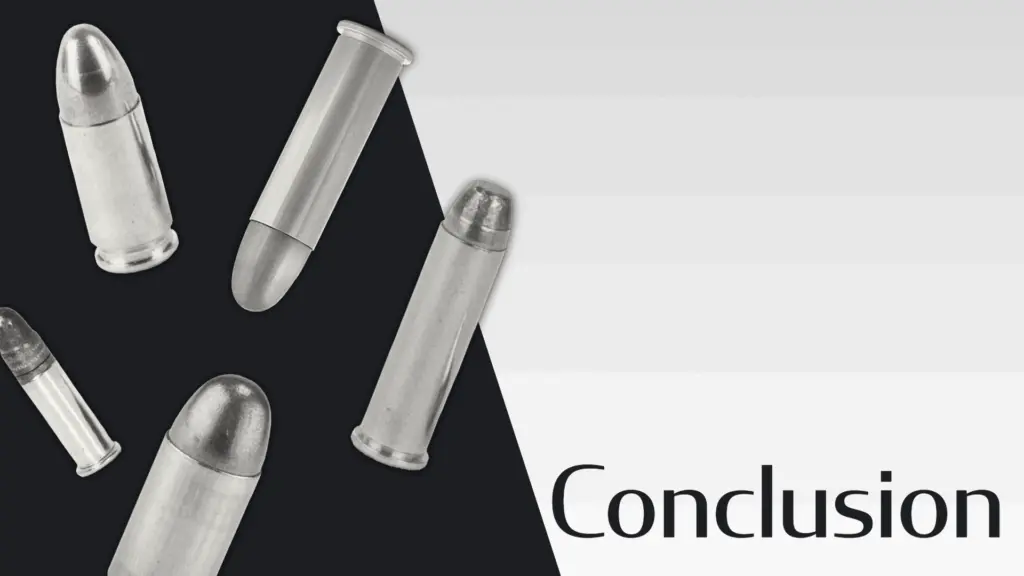
FAQs comparing common handgun calibers
Which handgun caliber is best for beginners?
The 9mm is often recommended for beginners due to its manageable recoil, affordable cost, and widespread availability.
Is .22 LR good for self-defense?
While it can deter threats, it lacks the stopping power of larger calibers and is not the preferred choice for self-defense.
Can I use .38 Special in a .357 Magnum revolver?
Yes, all .357 Magnum revolvers can safely shoot .38 Special rounds, making it a cost-effective option for practice.
Is .40 S&W becoming obsolete?
Its popularity has declined, but it’s still a viable defensive caliber. Police trade-in pistols often make it an affordable choice.
Why choose .45 ACP over 9mm?
.45 ACP offers a heavier bullet and a softer recoil feel. Some shooters prefer its historical reliability and larger impact.
Are revolvers better than semi-autos for new shooters?
It depends on the user. Revolvers are simple and reliable, while semi-autos offer higher capacity and faster reloading.
Conclusion: How to Choose the Right Caliber
Start with what you can shoot accurately and afford to practice with regularly. 9mm is often the best middle ground, offering good power with low recoil. If you’re recoil-sensitive, .22 LR or .38 Special are gentle starting points. For those seeking maximum power or with specific use cases, .357 Magnum, .40 S&W, or .45 ACP offer serious performance—but require more skill and practice.
Try out different calibers at a rental range if possible. Hands-on experience will help you feel the difference and choose confidently. Thank you for reading our comparing common handgun calibers blog!






